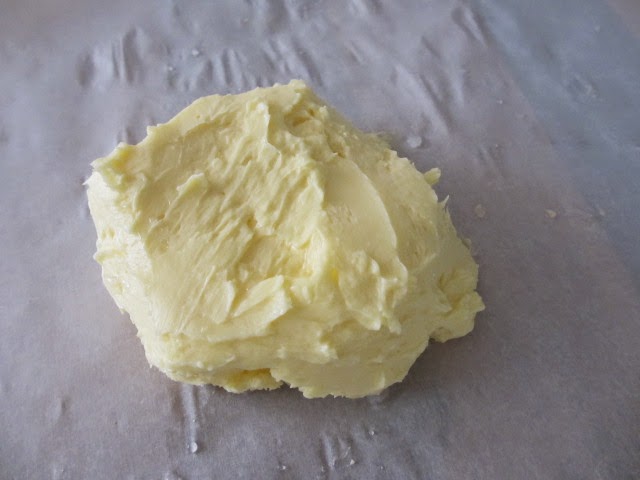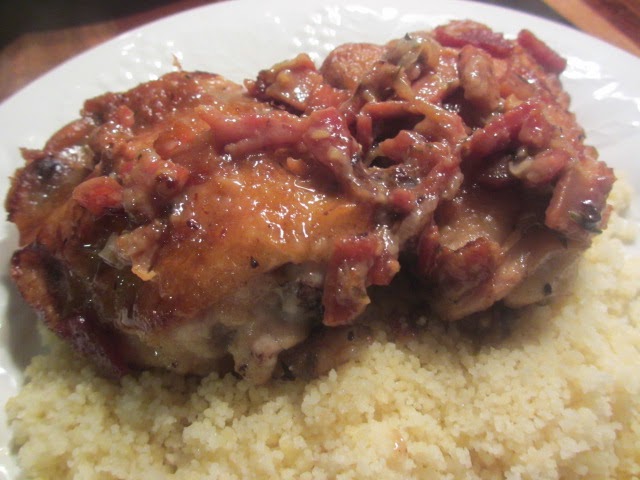But every so often, there will be a recipe that is short and simple that catches my eye, mostly due to the ingredients.
This recipe from Honest Cooking is one of those. Shrimp, lime juice, tomatoes? Sign me up.
I got started by giving the onion a rough chop. The recipe calls for a jalapeno, but none were to be found at the market. But never fear, I just upped the crushed red pepper flakes for some heat.
The onions and crushed pepper got a good saute, until the onions had softened.
Next up were the tomatoes. I knew it would be impossible to use Campari tomatoes and, quite frankly, I'm not sure how available they are in the States.
Instead I drained two cans of diced tomatoes (reserving the liquid). The tomatoes were added to the onions, along with some, and everything simmered for a bit. As the tomatoes started to break down, I added a bit of the reserved liquid to keep everything from drying out.
The lime juice was then added and then the shrimp. As soon as the shrimp turned pink, the pan was taken off the heat.
Now the recipe recommends serving it with pieces of baguette. I decided to go in a different direction and plated it over rice, garnished with chopped cilantro.
It only took one bite to know this was a keeper. The taste of the tomatoes really comes through, the zip of the lime juice is just enough to make your taste buds sing, and the shrimp turned out juicy and delicious.
And while we ate all the shrimp, there was still a decent amount of sauce leftover. We plan on putting it on our next pizza for a real taste treat.
Sometimes simple is better.
























































